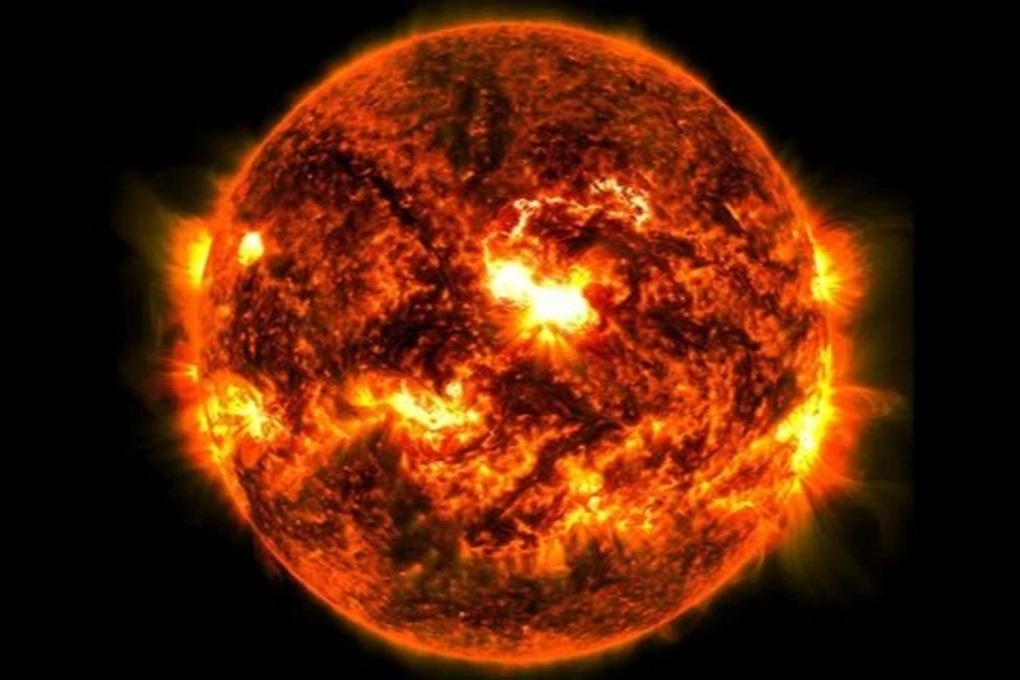
NASA observatory captured solar flares on October 8, 2024 (NASA).
The Sun has long been seen as a symbol of stability, having existed and operated for billions of years, but recent observations have painted a different picture.
According to analysis from the US National Oceanic and Atmospheric Administration (NOAA), after Solar Cycle 24 (2008–2019) ended with record low activity, the next cycle (cycle 25) will continue without any significant disturbances.
But the reality is quite the opposite. The Sun’s activity in the current cycle is not only beyond expectations, but also shows signs of accelerating, going beyond the familiar rules of the 11-year cycle.
A fusion analysis of long-term data by a team at NASA's Jet Propulsion Laboratory shows that starting around 2008, shortly after the cycle 24 minimum, solar wind parameters trended stronger and have continued to increase steadily since.
This trend goes against expectations of a prolonged “hibernation” period and could lead to more extreme space weather events in the coming years.
Analysis shows a rebound in activity since the 2008 solar minimum, when scientists believed the Sun was entering a "long sleep".
It should be noted that this is a trend supported by many scientists, but there are still many unclear things about the internal mechanisms of the Sun.
Solar Cycle Reversal: Why Are Predictions Wrong?
In science, the solar cycle is often described as an 11-year cycle, consisting of a period of maximum (when the number of sunspots, solar flares, and coronal mass ejections increases) and minimum (when activity decreases).
Astronomers have observed this phenomenon for hundreds of years, but predicting the Sun's behavior remains extremely difficult because the star's internal mechanisms are extremely complex.
History has recorded unusual fluctuations, such as the Maunder Minimum (1645–1715) and the Dalton Minimum (1790–1830), when sunspot numbers virtually disappeared for decades.
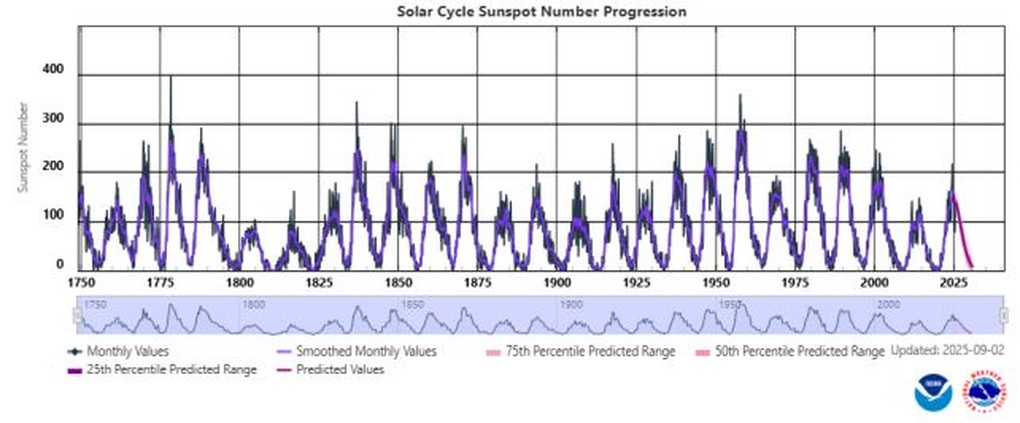
Chart showing sunspot activity since 1750 (Photo: NOAA).
Therefore, when the solar wind continuously weakened in two consecutive cycles (1986–2008), many experts believed that the Earth was entering a long-term "quiet" period.
However, new data from the Jet Propulsion Laboratory (JPL) suggests otherwise. Since 2008, the solar wind has been steadily increasing in strength, with its speed, density, temperature, and magnetic field strength all increasing steadily.
This is a signal of increased energy inside the Sun, completely contrary to previous predictions.
Danger from a chaotic universe
According to plasma physicist Jamie Jasinski and colleague Marco Velli, this trend means that in the coming years, Earth could face more intense solar storms, more powerful coronal mass ejections, and even large-scale energy outbursts.
These phenomena have the potential to directly affect satellite systems, telecommunications signals, GPS positioning, as well as power grids worldwide.
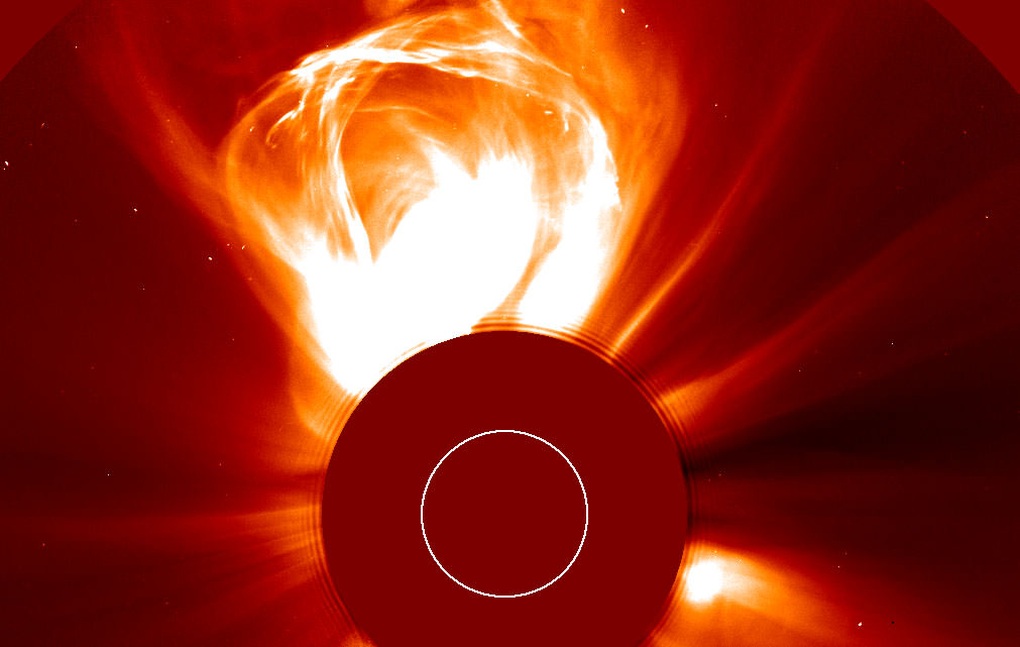
Satellite images captured a giant flare released from the Sun in February 2000 (Photo: NASA).
Notably, the research results also fit with the Hale cycle, or 22-year magnetic loop, which is considered the “mother cycle” that influences two consecutive solar cycles. Clearly, there is growing evidence that relying on the 11-year cycle alone is not enough to accurately assess the impact of this star.
If this observation is correct, what is happening in cycle 25 may be just part of a more profound change taking place within the Sun.
Researchers say that while solar wind pressures are still lower than they were at the start of the 20th century, the steady increase over the past two decades raises a big question: Are we entering a period of prolonged unusual activity, or is this just a short-term fluctuation in the Sun’s natural pattern?
Experts say the answer can only come from continued long-term monitoring and expanded observational coverage. Because while sunspot data are useful, they are still an incomplete piece of the puzzle.
To truly understand this “giant energy machine”, humanity needs to simultaneously study many other parameters, namely from solar wind, radiation, magnetic field to internal motion.
As the source of life for the entire solar system, understanding its laws is not only of scientific significance, but can also determine the safety of modern civilization that increasingly depends on electronic technology and outer space.
According to a NOAA report released in August 2025, the average monthly sunspot count has reached its highest level since 2002, suggesting that cycle 25 is entering its peak phase earlier than expected.
Source: https://dantri.com.vn/khoa-hoc/chu-ky-mat-troi-dao-chieu-20250917073356700.htm








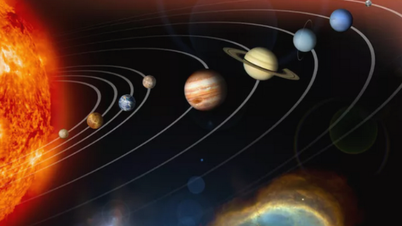



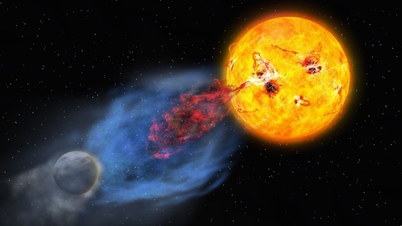















































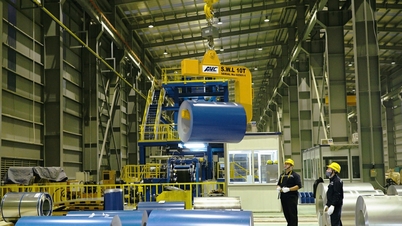











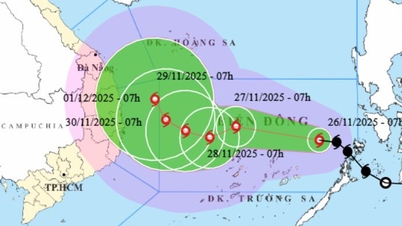



































Comment (0)